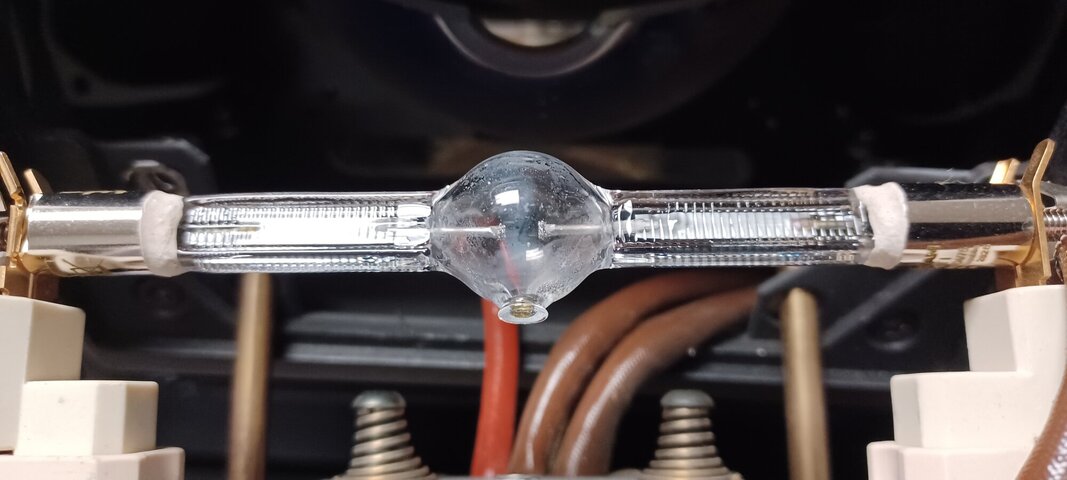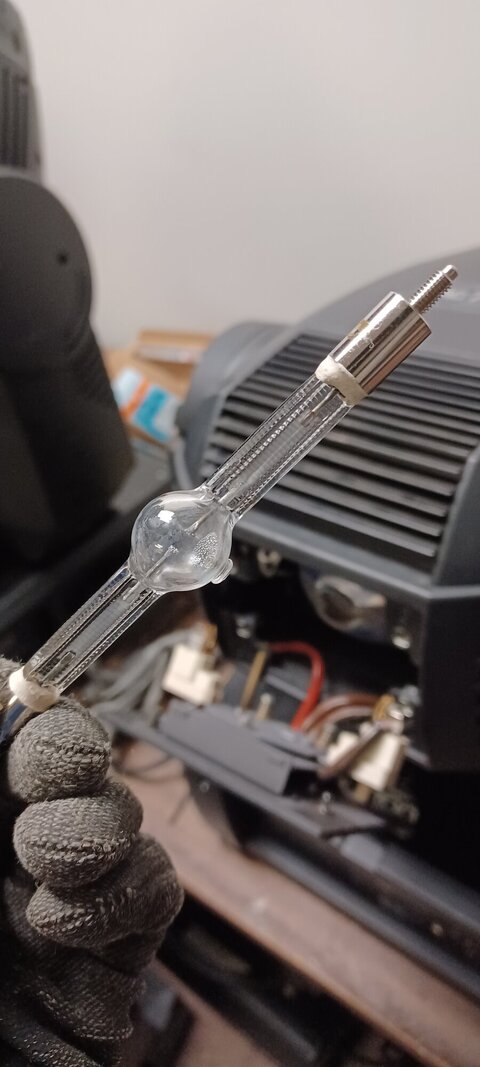Hey,
So my current situation is that I have 5 Martin Mac 700 Profiles and one of them has a strange lamp issue. After a lamp strike at 700watts, the fixture runs like normal for about 15-20min. After that, the lamp suddenly douses and after another 5min the fixtures produces a lamp error and completely locks up. Once this happens, I would have to completely power cycle the fixture in order to get it working. I have a found a temporary fix, which is to set it to 400watt mode and it operates just fine, but I would like to know if this is easily fixable? I have replaced the lamp 3 times just make sure it wasn't a lamp issue. I assume it's a sensor but I don't think it's a sensor I am familiar with. Any thoughts on what could cause the lamp to douse at 700watts but not 400watts?
So my current situation is that I have 5 Martin Mac 700 Profiles and one of them has a strange lamp issue. After a lamp strike at 700watts, the fixture runs like normal for about 15-20min. After that, the lamp suddenly douses and after another 5min the fixtures produces a lamp error and completely locks up. Once this happens, I would have to completely power cycle the fixture in order to get it working. I have a found a temporary fix, which is to set it to 400watt mode and it operates just fine, but I would like to know if this is easily fixable? I have replaced the lamp 3 times just make sure it wasn't a lamp issue. I assume it's a sensor but I don't think it's a sensor I am familiar with. Any thoughts on what could cause the lamp to douse at 700watts but not 400watts?





![20231012_110809[1].jpg](https://www.controlbooth.com/data/attachments/23/23454-171e61055e9b8a080f384ae9cbb42500.jpg)
![20231012_110930[1].jpg](https://www.controlbooth.com/data/attachments/23/23455-631b13c064c398eb9a314ffd0428b879.jpg)
![20231012_110952[1].jpg](https://www.controlbooth.com/data/attachments/23/23456-75234f37f39c6c3e30a1981b40a93357.jpg)